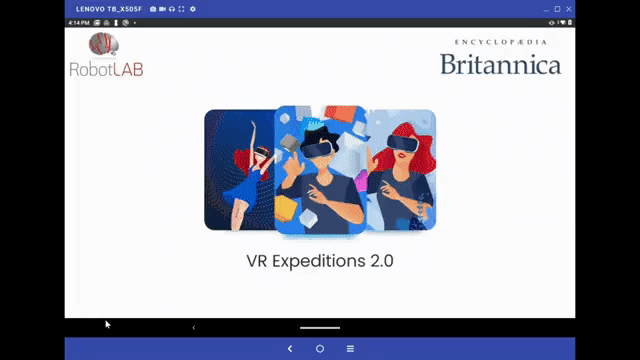Since Google Expeditions was discontinued on June 30, 2021, Google redirects everyone to use the Google Arts and Culture app and presents it as a replacement for Expeditions.
Google listed a lot of content from all around the world in the app, but is it a good solution for in-class virtual reality field trips?
Google Arts and Culture app include many of the experiences that were available on Google Expeditions. However, we at RobotLAB tried and tested the app and there are major differences and issues we wanted you to be aware of.
Our teacher partners have shared with us their thoughts on Google's alternative, and they all mainly agree:
Google Arts and Culture is a great source for content, but NOT suitable for in-class virtual field trips.
Google & Arts and Culture It is a great tool to virtually visit art galleries and museums, but not for virtual field trips. The team has listed multiple layers of challenges for educators wanting to use Arts and Culture for their classrooms:
1. No classroom Management tools
2. No 360-degrees immersive experience
3. No curriculum
4. Students need to get online with their devices
5. No support
And above all of these - the Arts and Culture app isn't built for the VR kits schools have purchased, it was designed for a desktop/laptop experience. It is not built for a 360 experience and offers only a flat viewer. Students need to hold their devices and "look around".
Essentially, students need to hold the phone with a selfie stick, and "look around" to get a small window into the experience. That's not immersive, nor impressive! Your students won't be engaged.
When you manage to stumble upon a 360 image. the quality on Arts and Culture is a major factor as well. Arts and Culture uses mainly Google Street View images as a source, this includes all the "mess" captured when the Street View car took the image. on Expeditions 2.0 the scenes are beautiful and clear of all the noise and are dedicated for the viewer's pleasure as if you are there alone.
Here is an example of same subjects on both Google Arts and Culture and VR Expeditions 2.0 by RobotLAB.
9/11 Memorial
Arts and Culture content - Generic images:
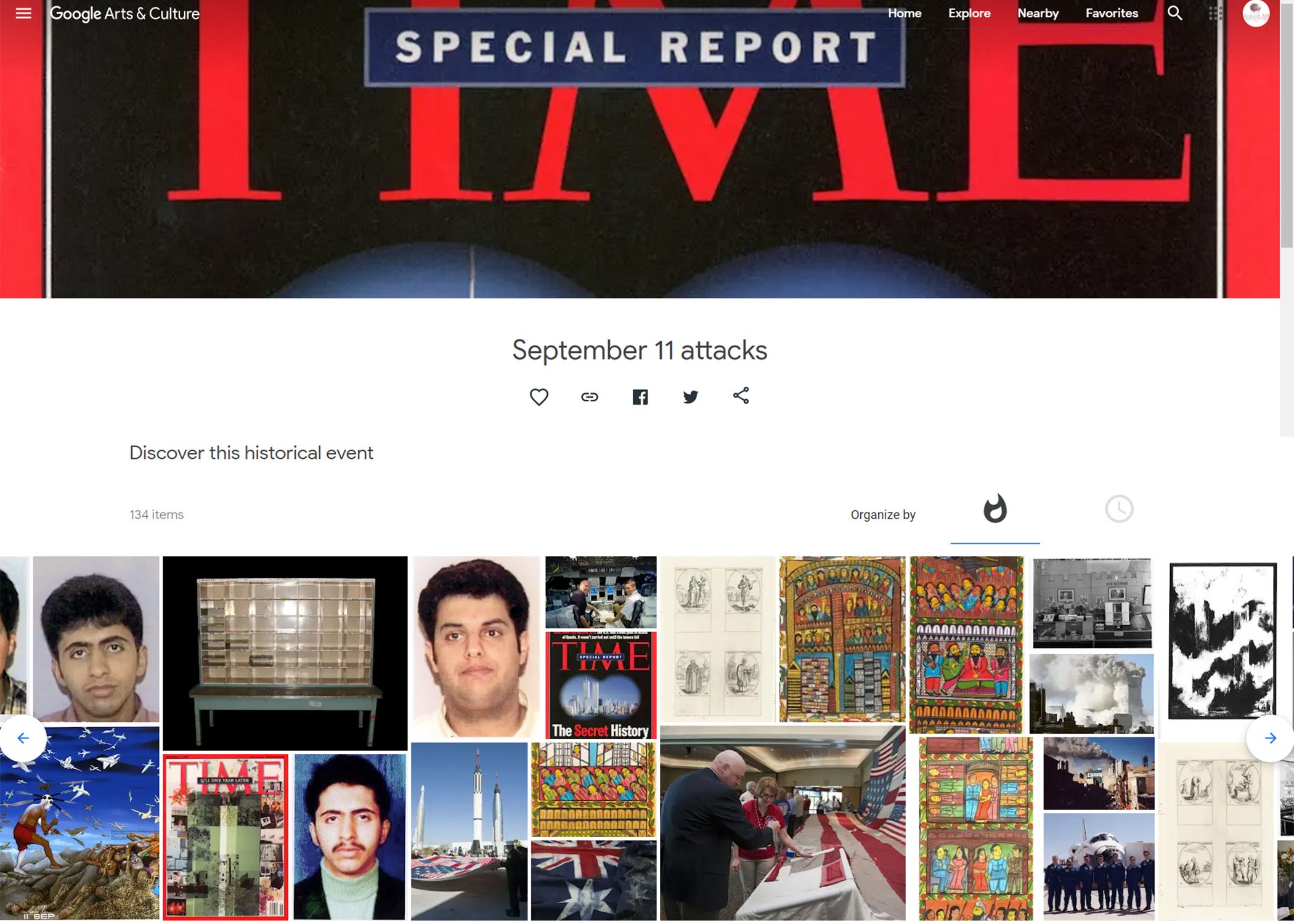
VR Expeditions 2.0 content - Immersive 360 views of the site:
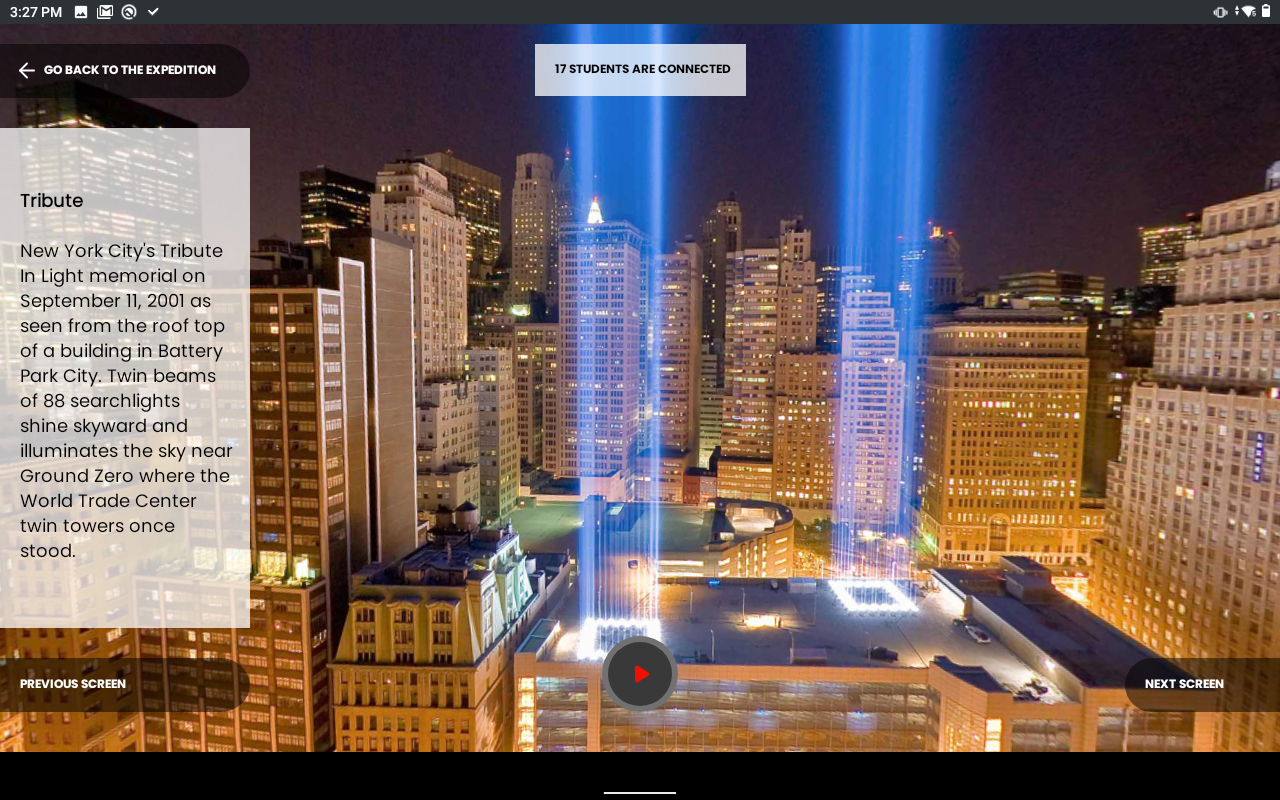
The Colosseum of Rome
Arts and Culture content - a messy Street View scene:
.png?width=1751&name=image%20(1).png)
VR Expeditions 2.0 content - A clean image, scene reserved only for you:
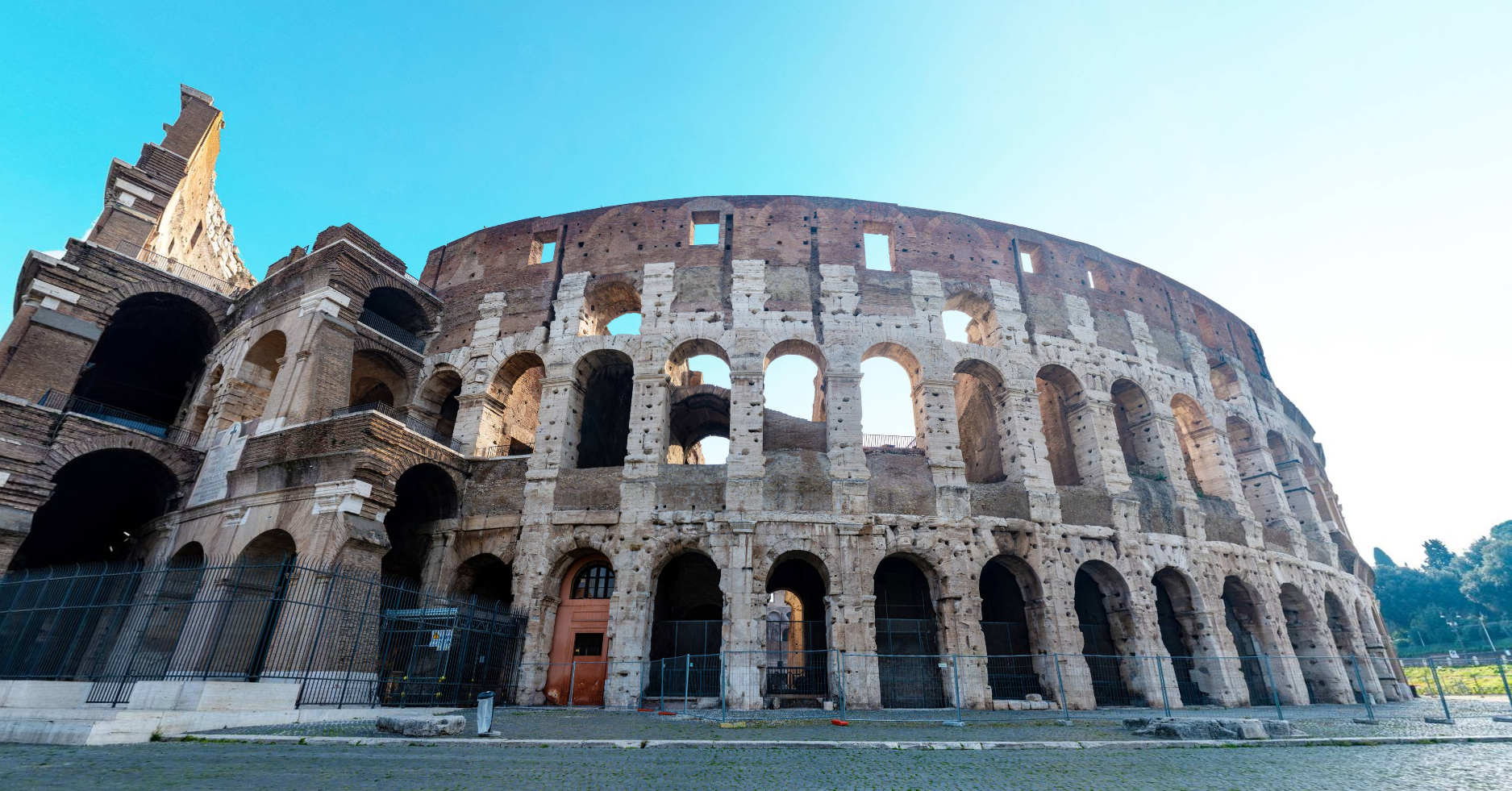
Google Arts & Culture
|
Expeditions 2.0 By RobotLAB
|
|
|
Images |
Most of the content is just plain images. not suitable for an immersive experience. The 360-degree images are mostly from google street view and are NOT available to view on VR devices. |
In Expeditions 2.0™, all the 360-degree images are high definition and high resolution available to view on VR devices. |
|
Content |
The content is focused mainly on artworks and cultural artifacts |
Expeditions 2.0™ covers a wide range of topics including Geography, Anatomy, Science, History, Arts & Culture, Nature, among others. Check out the full list of expeditions here. The content was created in partnership with Encyclopædia Britannica® |
|
Classroom Management |
None. The content is self-guided. |
Expeditions 2.0 content is teacher-guided and provides a full classroom management experience. Teachers use a tablet to guide a tour and control what students are viewing in their VR goggles. |
|
Curriculum |
Each image has a short description of each scene only. Some of the content requires the "Art projector" app which no longer exists. | Expeditions 2.0 has partnered with Encyclopædia Britannica® to bring high-quality, curated, and tailored content, along with printable student hand-outs. |
| Network Access | Student devices must be online to access the content. There's no protection against inappropriate content (there is a lot of nudes, drugs, and even "reproductive activity" content on the app that is not appropriate. | VR Expeditions 2.0 content is controlled and curated by educators, and is classroom appropriate. |
| Support | No support | STEM specialists are available |
| Engagement |
Mainly built for a computer, and not VR goggles a tiny "window" into the world, needs to be held with a selfie stick. most of the images are just plain images, not 360. |
immersive and interactive 360 images that are perfectly adapted for the VR goggles. |
Conclusion
After analyzing the differences, our educators have concluded that Google Arts & Culture has value for those seeking INFORMATION about cultures, artifacts, and art around the world. It has plenty of images to see from locations and museums globally.
For in-class virtual field trips, VR Expeditions 2.0 is the right tool. Each expedition provides additional information supplemented by content Encyclopedia Britannica  that complements the subject matter.
that complements the subject matter.
Discover more about VR Expeditions 2.0 by RobotLAB
Click the image above or click here to see the video


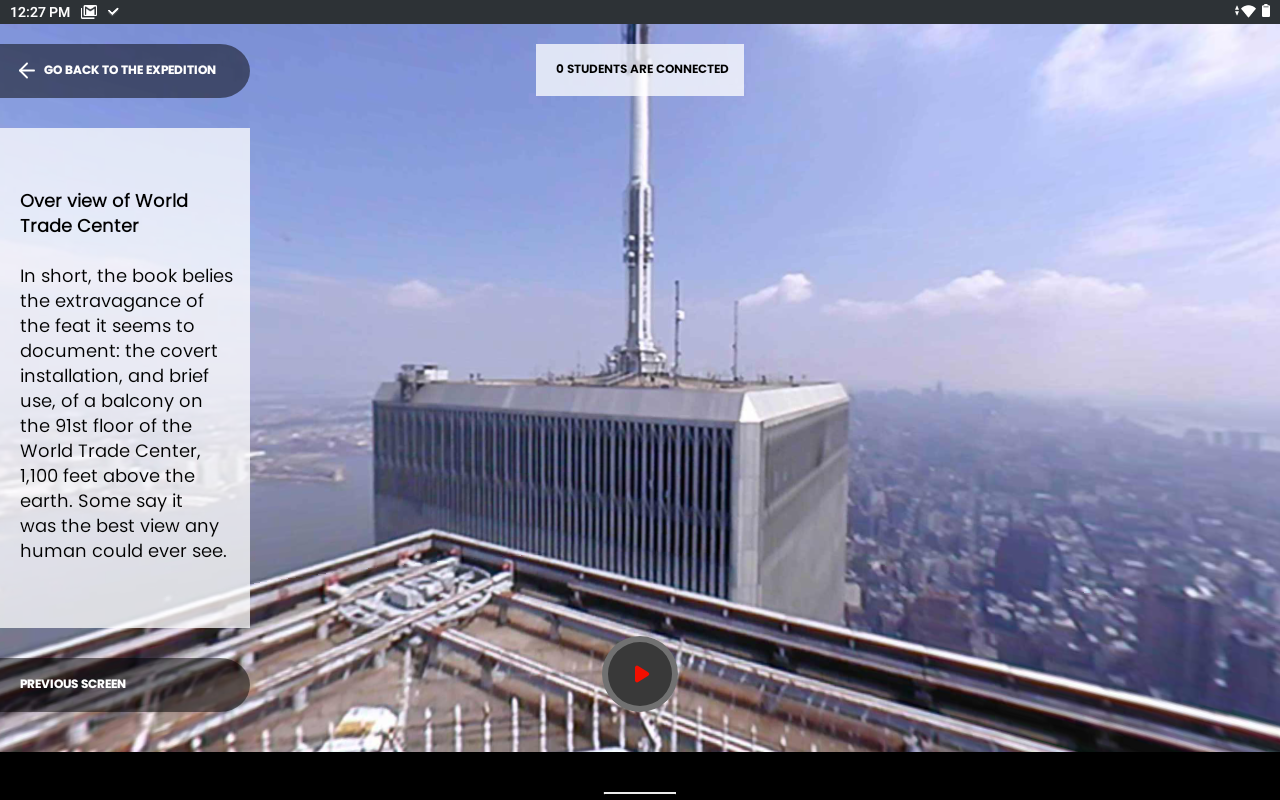

.png?width=270&name=Expeditions%202.0%20Logo%20(4).png)

